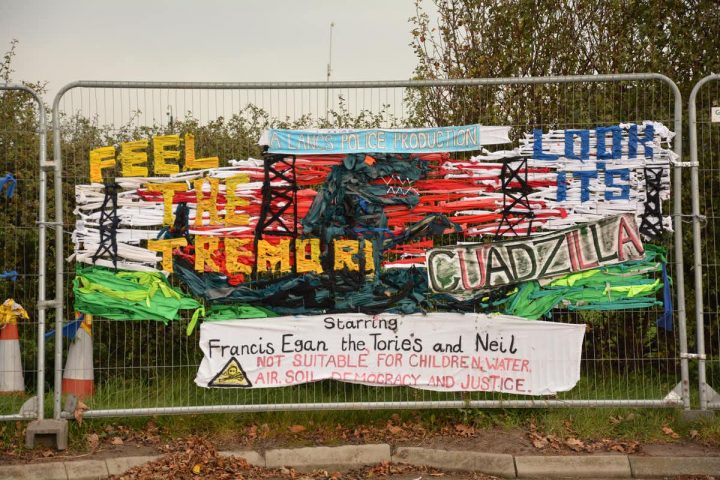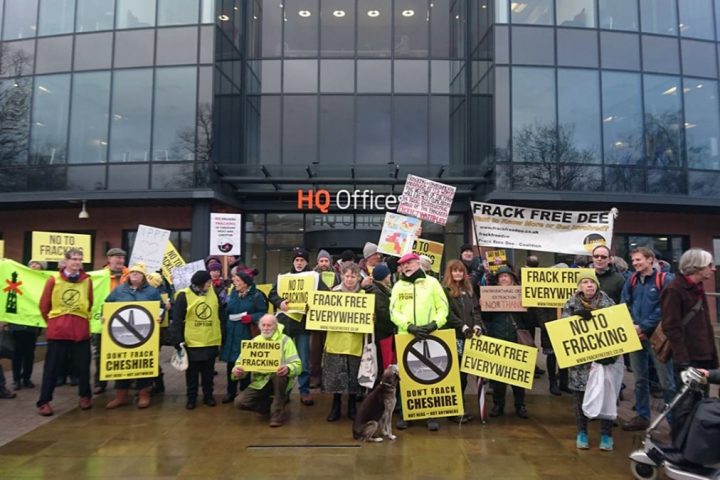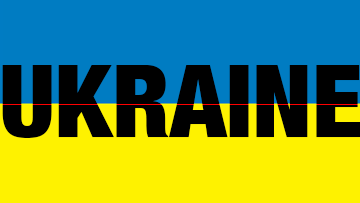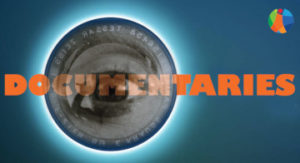Anna Szolucha, Northumbria University, Newcastle for The Conversation
After a month of tranquillity, fracking has resumed at the Preston New Road site near Blackpool triggering the biggest tremor to date.
There have been 12 tremors over a four-day period, including the biggest so far – the 1.5 magnitude quake. In total, 36 earthquakes were recorded in the area between the middle of October and early November. Most of these are too weak to be felt at the surface, but can be measured using seismometers. These are instruments that measure ground motions, caused by such events as earthquakes and volcanic eruptions, among other factors.
Local residents are concerned the earthquakes may cause cracks in the fracking well’s casing, which could potentially lead to contamination issues. Some scientists claim the impact of these seismic events at surface is equivalent to dropping a melon onto the floor. But government officials and those in the fracking industry have dismissed the tremors – suggesting they are inconsequential.
As a social scientist living in Lancashire, I have been researching the social impacts of shale gas developments since 2015. From what I have seen, there is much more to the tremors than just ground movements. The impact of the quakes that occurred far below ground reverberated strongly throughout the community living on the surface. To understand why this is the case it is important to understand local people’s experiences of shale gas exploration in the UK.
Fracking on shaky ground
The same operator, Cuadrilla, was fracking for shale gas in the area seven years ago. Two bigger and around 50 smaller earthquakes occurred over an eight-month period as a result of injecting fluid into a geological fault zone.
In 2018 – and under new seismicity controls – Cuadrilla was required to halt its fracking operations twice when the monitoring equipment detected tremors bigger than 0.5 local magnitude. The system was introduced to set “gold standard” regulations for this new industry. After the quakes, Cuadrilla’s CEO warned that making fracking commercially viable would be extremely challenging under the existing seismic monitoring system in the UK. He wanted the government to reconsider its position on seismic monitoring within weeks.
Weeks passed by, the activity at the site was subdued for a month and no further seismic events were recorded until December 10 2018. Cuadrilla did not publicly confirm it had suspended hydraulic fracturing between early November and December. But it did say it was planning to engage with the regulators to change the upper limit on seismic monitoring.
On high alert
In the Blackpool area, earthquakes have been on everyone’s radar. Many local residents refresh the British Geological Survey website that records all recent earthquakes in the country almost hourly. At the observation point at Preston New Road known as the “gate camp”, protesters watch and listen carefully for the signs of fracking activity, proudly asserting: “This is the most watched site in the UK.”
The reason they are watching so carefully is because they have serious concerns about how regulatory monitoring and corporate transparency works. Take the seismic monitoring system which was originally designed to reassure communities they would be protected from harm. After Cuadrilla’s recent announcements, the prospect of relaxing the seismic controls seems real.
For local communities, new seismic thresholds would not be just numbers, but a sign that politicians are willing to further extend the industry’s authority over society. Relaxing regulations because they make business more difficult is a narrowly economic rationale – there’s certainly nothing democratic about it. This is the palpable sense of injustice you get when you talk to people at the side of Preston New Road.
Environment of mistrust
In my experience, the regular liaison meetings with the company and regulators do little to reassure the local communities. Instead, they have made residents dissociate transparency from openness. In their view, the liaison meetings, consultations and the lengthy planning process have become a field of corporate practice. They limit residents’ ability to determine their common future – but the process provides the industry with a veneer of democratic legitimacy.
What this generates for local residents are feelings of disenfranchisement and distrust – and a sense of social injustice. This is why the impact of the earthquakes can’t be separated from the social reality on the surface.

Anna Szolucha, CC BY-NC-ND
For local communities, there is an implicit analogy between the fracking pad with its well bore that extends kilometres out of sight and underground and the non-transparent ways in which the UK government and the industry are perceived to impose hydraulic fracturing on local populations.
Residents worry that the same attitude that the government and industry espouse on the surface, would also govern the way they tackle potential problems that arise underground – as a result of fracking.
Of course, it is true that any new industry – such as shale gas exploration – is bound to face hurdles as it tries to identify suitable operational procedures. But to understand why communities in Lancashire have found it so difficult to trust government agencies and industry, it’s important to consider how seismic events operate in the reality of social, rather than merely geological, environments.![]()
Anna Szolucha, Research fellow, Northumbria University, Newcastle
This article is republished from The Conversation under a Creative Commons license. Read the original article.










